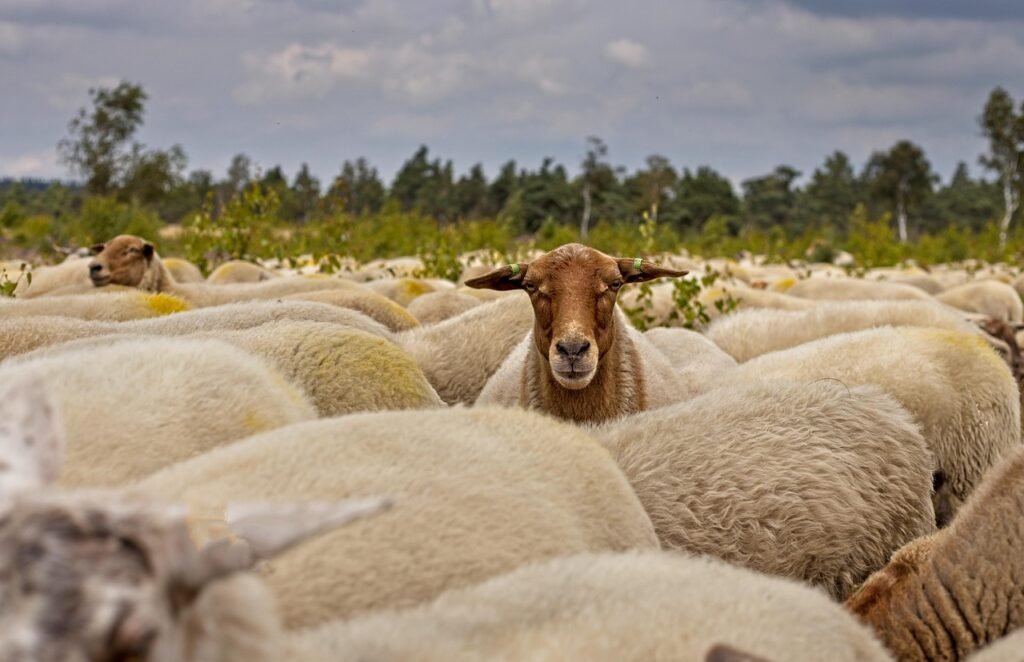Have you ever wondered if animals truly recognize you? The answer might surprise you more than you’d expect. While we often assume that only humans possess sophisticated facial recognition abilities, the animal kingdom is filled with remarkable creatures that can remember individual faces for extraordinarily long periods. Some can recall specific features for years or even decades, demonstrating memory capabilities that rival our own. Let’s dive into the fascinating world of animal facial recognition and discover which species have mastered this incredible skill.
Chimpanzees: Our Closest Memory Masters
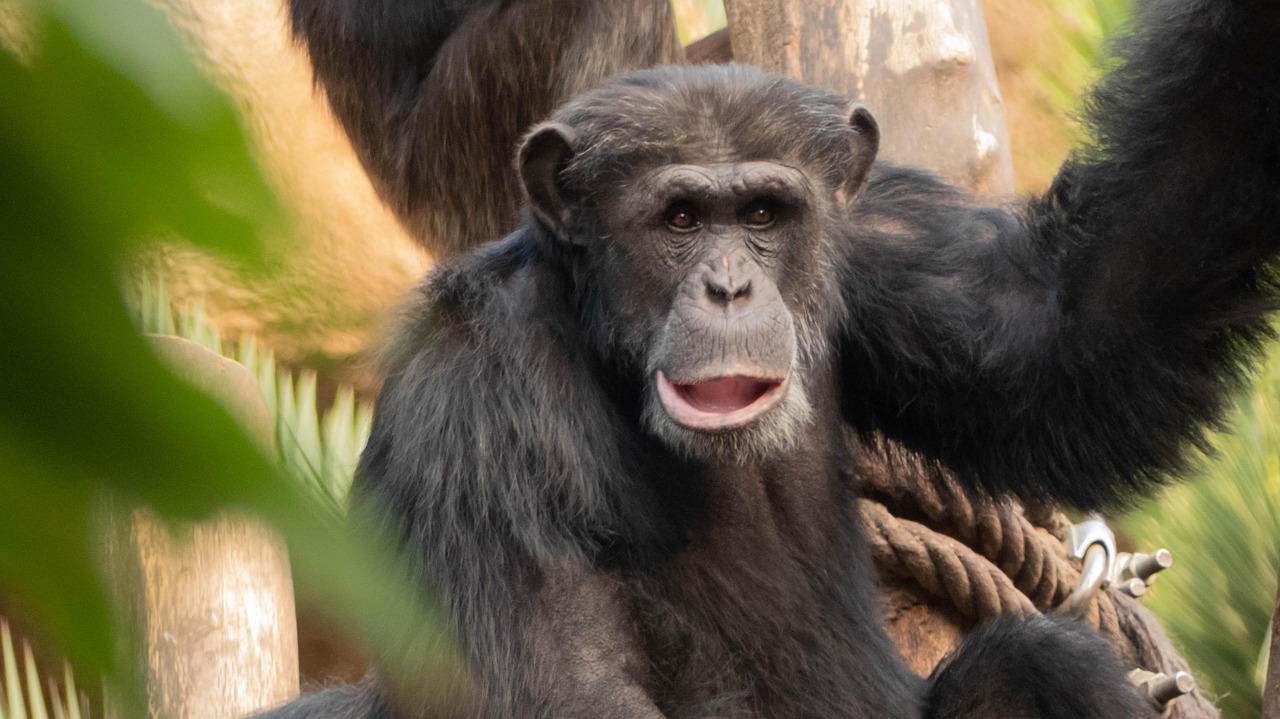
Chimpanzees can remember the faces of friends and family for years, and sometimes even decades. Recent research has revealed just how remarkable their facial recognition abilities truly are. Research has shown that bonobos can recognize photos of former companions after being separated for over two decades. The connection these primates maintain with familiar faces goes beyond simple recognition.
What makes their memory particularly fascinating is how emotional bonds influence retention. The animals looked longest at the images of apes with whom they had had positive relationships, such as former group mates who had groomed them or played with them. This suggests that chimpanzees, much like humans, form lasting emotional memories tied to specific individuals. The findings suggest these primates have the longest “social memory” of any animal, besides humans.
Researchers discovered this incredible ability through careful eye-tracking studies. When they analyzed the data, the researchers saw that the chimps and bonobos stared at the photos of their former acquaintances for 11 to 14 percent longer than they looked at the photos of strangers. Think about it like recognizing an old friend on the street after years apart, that same double-take phenomenon occurs in our closest primate relatives.
Elephants: The Memory Giants
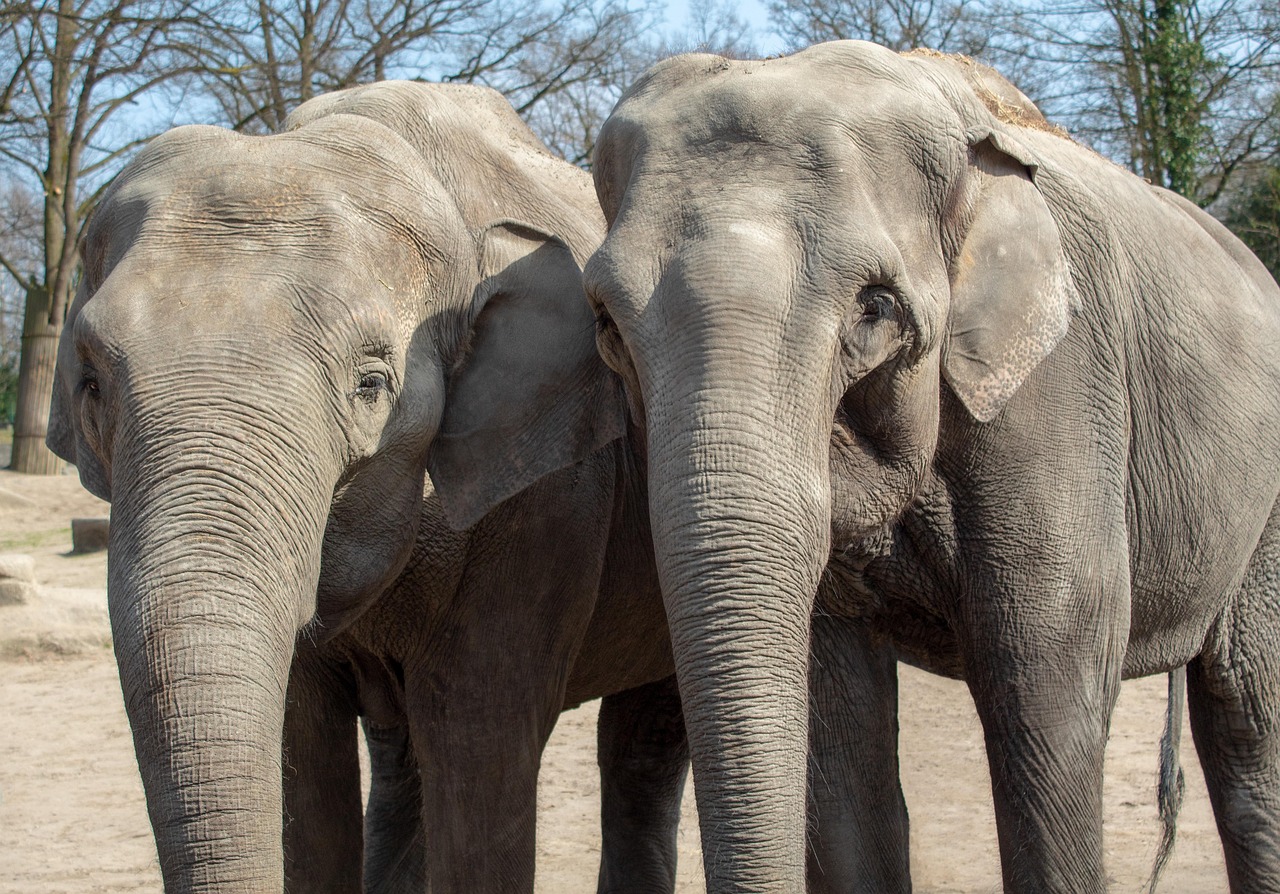
The phrase “elephants never forget” has scientific backing when it comes to facial recognition. Elephants possess some of the animal kingdom’s most impressive recognition abilities, capable of identifying and remembering hundreds of individual elephants across vast geographical ranges and time spans. Their remarkable memory extends far beyond their own species, however.
Their recognition extends to specific human individuals; elephants have been documented recognizing caretakers after decades of separation, greeting them with evident excitement. The physical structure of their brains supports these impressive abilities. These abilities stem from their remarkably developed temporal lobes – brain regions associated with memory – which are proportionally larger than those found in any other land mammal.
Even more remarkable is their ability to distinguish between different groups of humans. Research in Amboseli National Park demonstrated that elephants can distinguish between different human ethnic groups based solely on visual and olfactory cues, avoiding groups historically associated with hunting. This sophisticated discrimination shows how survival has shaped their recognition abilities over generations.
Dolphins: Acoustic Face Recognition Masters

Research at the Dolphin Research Center in Florida has shown that bottlenose dolphins can recognize the signature whistles of particular individuals even after 20 years of separation – effectively remembering the “faces” of their pod mates through sound. While they rely heavily on echolocation, dolphins also possess remarkable visual recognition abilities that complement their acoustic skills.
However, they also possess visual recognition abilities; studies have demonstrated that dolphins can distinguish between familiar and unfamiliar human caretakers based on facial features. Their sophisticated social memories help maintain the intricate alliances that characterize dolphin society, with individuals remembering friends and rivals across decades. This dual sensory approach gives them an advantage in their complex underwater world.
The sophistication of their memory systems becomes evident when you consider their social structure. Studies have shown that dolphins can recognize these whistles even after being apart for over 20 years, demonstrating an incredible capacity for social memory. Honestly, their ability to maintain relationships across such vast timescales puts many human friendships to shame.
Sheep: The Surprising Recognition Experts

Studies have shown that sheep possess impressive facial recognition abilities and can remember individual sheep faces for extended periods – an impressive feat for any animal. Their abilities extend beyond recognizing their own kind, however. Sheep can be trained to recognise human faces from photographic portraits – and can even identify the picture of their handler without prior training. We’ve shown with our study that sheep have advanced face-recognition abilities, comparable with those of humans and monkeys.
Finally, the inclusion of the image of the handler’s face within the test-probe shows that sheep can identify from a two-dimensional image the face of a very familiar person (handler). Thus, sheep identified both familiar and unfamiliar human faces in a cross-species paradigm with relatively little training (a maximum of 48 trials). This remarkable adaptability shows that sheep process facial information in sophisticated ways that mirror human recognition systems.
The implications go beyond simple recognition. They learn to discriminate between the faces of socially familiar individuals to obtain a reward more quickly than with unfamiliar ones and can remember faces of conspecifics for a period of up to 2 years. Their facial recognition abilities suggest complex social intelligence that we’re only beginning to understand.
Ravens and Crows: The Grudge-Holders
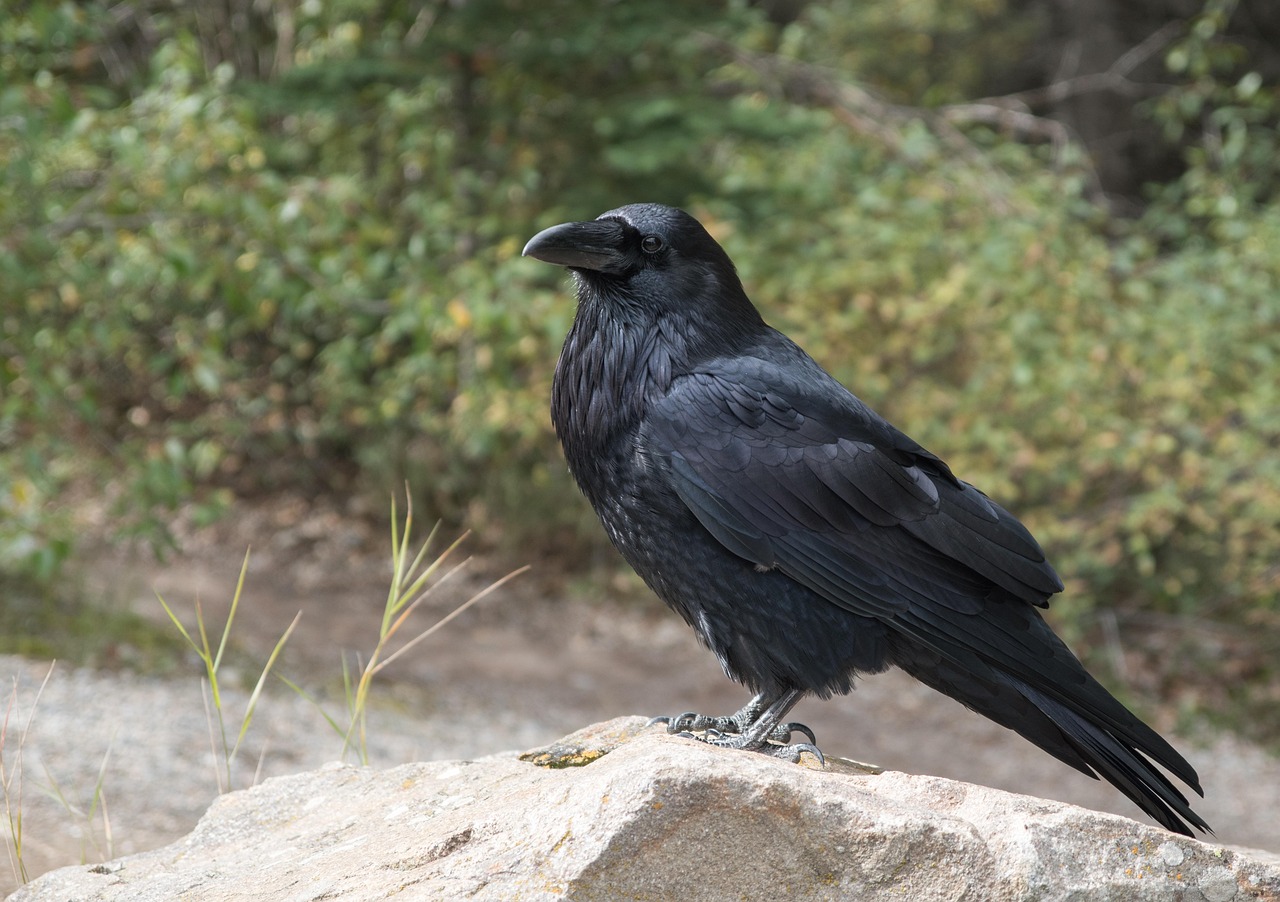
Research suggests that ravens can remember threatening human faces for several years. In subsequent tests without a dead raven, ravens scolded more toward humans wearing the dangerous mask than the neutral mask; furthermore, they continued to do so over a 4-year period without further experimental reinforcement. These intelligent birds don’t just remember faces – they hold onto those memories with remarkable persistence.
Studies have shown that crows can continue to recognize and react to threatening faces for years even though they see it only twice a year for a few hours at a time. For years, crows can recognize the people who have frightened them at roost sites. What’s truly extraordinary is how they pass this information along to others.
Research indicates that crows can pass recognition of threatening faces to other members of their flock, suggesting that word had spread among the flock that this was a dangerous face. Independent scolding by young crows, whose parents had conditioned them to scold the dangerous mask, demonstrates vertical social learning. They’re essentially teaching their children which humans to avoid, creating a generational memory system that ensures survival information passes down through crow families.
Magpies: The Long-Term Rememberers
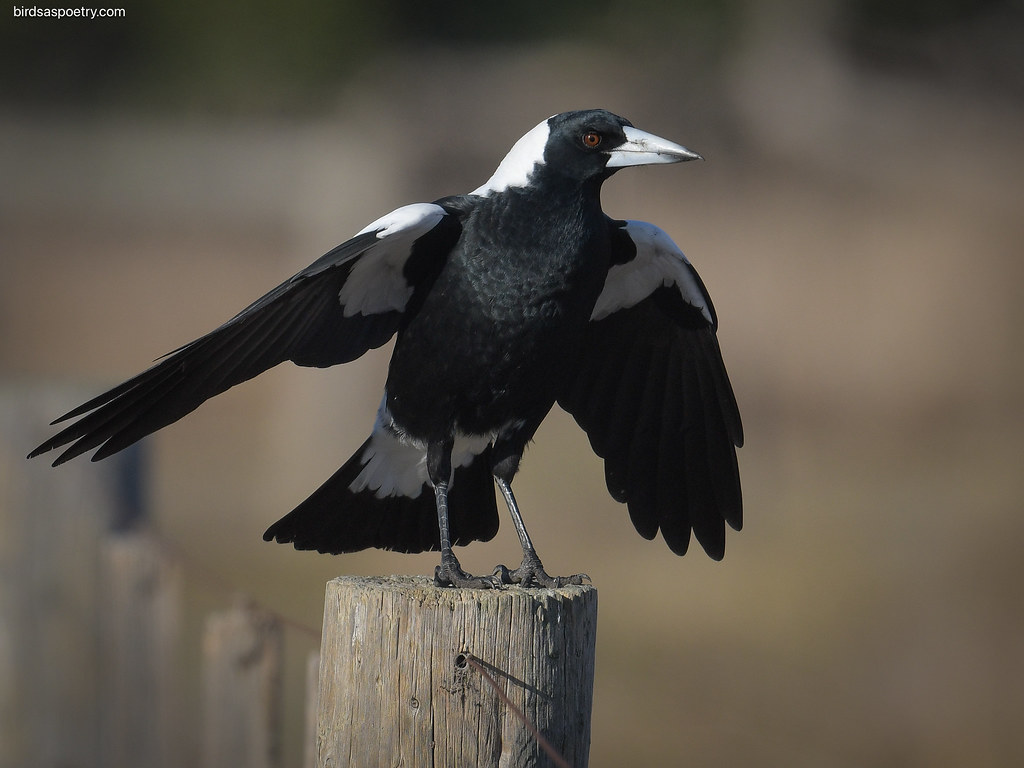
And magpies remember faces for years – and the actions that go with those faces. For instance, people who’ve ventured too close to a magpie nesting site in the past might get swooped the next time the bird sees them. Their memory capabilities match those of their corvid cousins, with some studies suggesting even longer retention periods.
They can remember a face for up to five years. This impressive memory span allows magpies to maintain complex social relationships and territorial boundaries. Animal Expert Dr Kaplan claims that once a magpie gets to know you and judges you to be a nice person, you will have earned a friend for life. “They will form very long friendships, like dogs,” she said. “They will introduce their young, [to you] and they will be the most charming birds.”
The social intelligence of magpies extends beyond simple recognition. Research on wild magpies has shown that they can distinguish between individual humans who have disturbed their nests and those who have not, acting aggressively toward the former and showing no reaction to the latter. They’re essentially maintaining detailed social files on every human they encounter.
Pigeons: The Urban Recognition Specialists
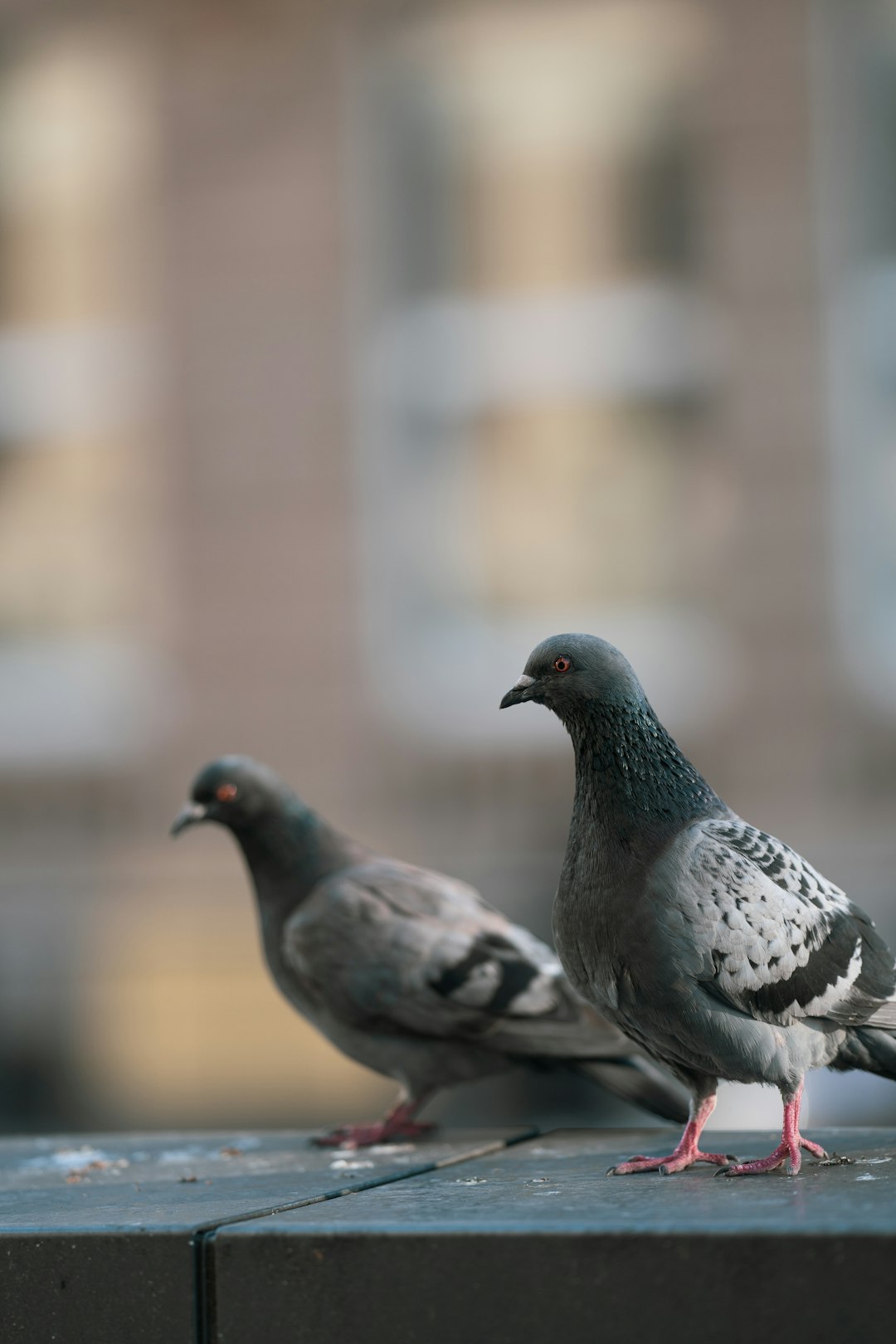
The experiment was repeated several times, with the pigeons continuously recognizing the individuals and avoiding the researcher who had first chased them away even when the participant no longer did so. Swapping lab coats during the experiments did not confuse the pigeons, and they continued to stay away from the researcher who had been initially hostile. These city dwellers have developed remarkable facial recognition abilities through centuries of close contact with humans.
It is very likely that the pigeons recognized the researchers by their faces, since the individuals were both female and of a similar age, build and skin color. Interestingly, the pigeons, without training, spontaneously used the most relevant characteristics of the individuals (probably facial traits), instead of the lab coats that covered 90 percent of the body. This shows sophisticated processing of visual information that prioritizes faces over other cues.
Their urban lifestyle has shaped these abilities over generations. They theorize that this recognition ability may have come about over the long period of association with humans, from early domestication to many years of living in cities. Pigeons represent a fascinating example of how animals adapt their cognitive abilities to thrive alongside humans.
Octopuses: The Underwater Observers
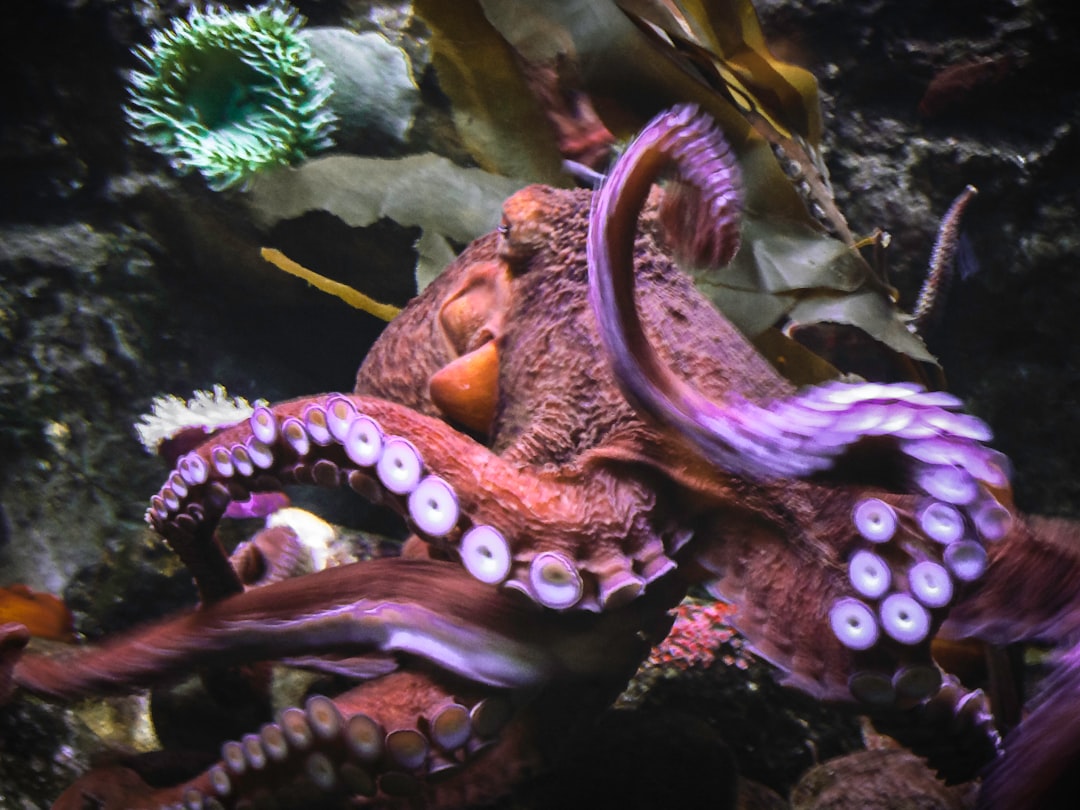
One person consistently fed the octopuses and the other touched them with a bristly stick. At the end of 2 weeks, a body pattern (a dark Eyebar) and 2 behaviors (reaching arms toward or away from the tester and funnel direction) were significantly different in response to the 2 humans. These remarkable creatures demonstrate individual recognition abilities that extend well beyond their marine environment.
Octopuses’ ability to recognize humans enlarges our knowledge of the perceptual ability of this nonhuman animal, which depends heavily on learning in response to visual information. Any training paradigm should take such individual recognition into consideration as it could significantly alter the octopuses’ responses. Their recognition abilities show how visual learning plays a crucial role in their complex behaviors.
Research reveals the sophisticated nature of their cognitive abilities. Different taxonomic groups share these capacities: insects, crustaceans, arachnids, and vertebrates. Individual recognition abilities show the remarkable intelligence hidden beneath the waves in these eight-armed observers.
Conclusion
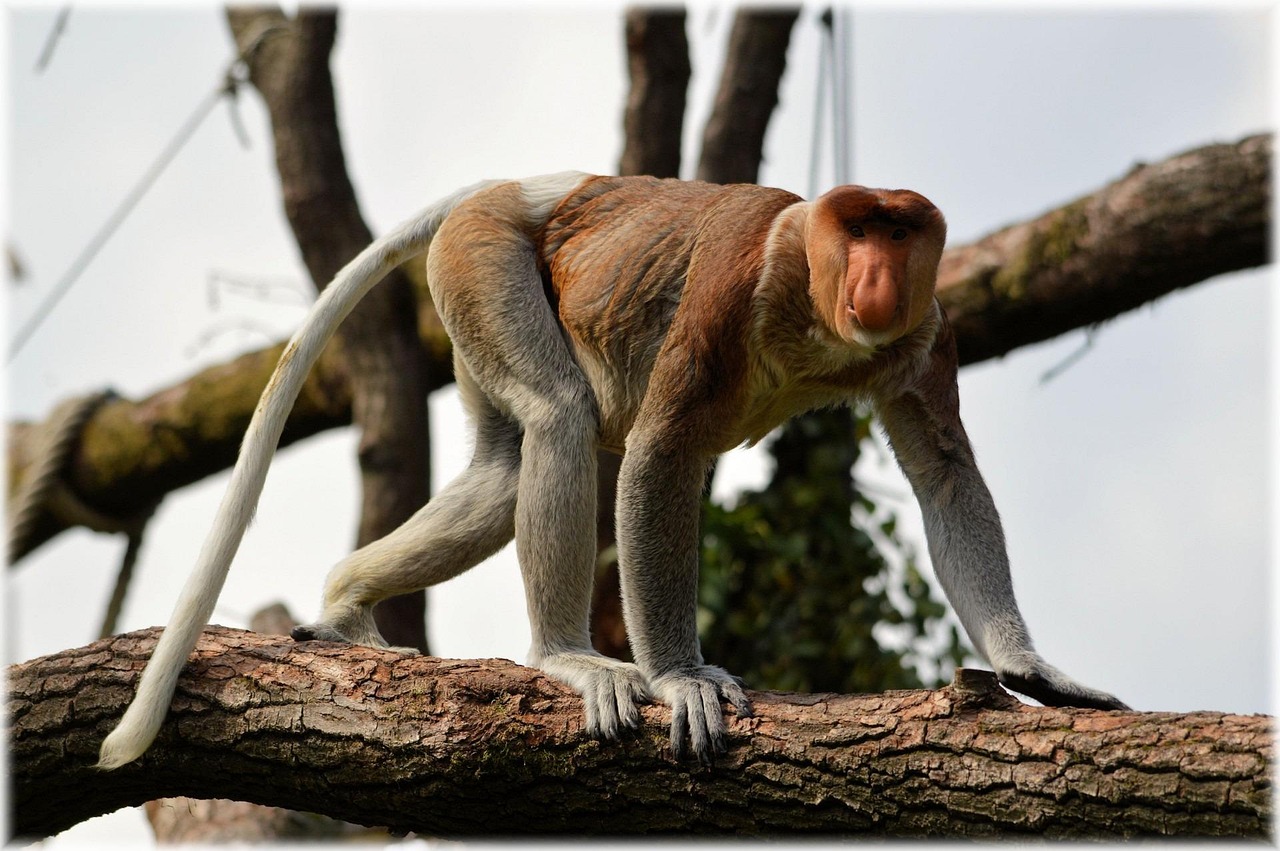
The animal kingdom’s capacity for facial recognition challenges everything we thought we knew about memory and intelligence. From chimpanzees maintaining friendships across decades to ravens teaching their young which humans to avoid, these creatures demonstrate memory abilities that often surpass our own expectations. Their recognition skills aren’t just impressive parlor tricks – they’re sophisticated survival tools shaped by millions of years of evolution.
Perhaps most remarkably, these abilities span across vastly different species with completely different brain structures, from the massive temporal lobes of elephants to the distributed neural networks of octopuses. What do you think about these incredible memory masters? Have you ever noticed an animal recognizing you after a long absence?

